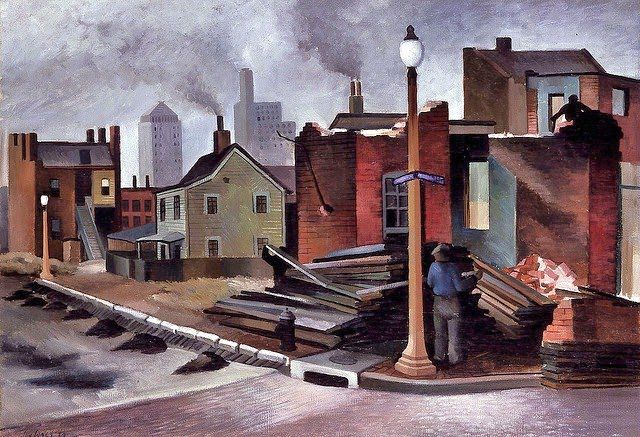
The American city has multiple forms: as a place to live and work, as a measure of economic vitality, as an architectural creation, as a political setting for both the promise and peril of democracy, and as a mythic backdrop for fictive struggles of identity formation and personal liberation. This course begins a student’s exploration of American culture and politics, with St. Louis serving as field laboratory for investigations that also present the lives of New York, Chicago, New Orleans, Philadelphia and other cities. American cities carry material evidence of the economic and political reasons that they exist, the transportation networks that shape them, the street plans that give them form, the governments that provide the public good, the people who call them home, the role of public transportation systems, the geography of racial segregation, and the histories of immigrant communities. At the same time, the role of the American city has changed significantly in the 21st century when most Americans now live in suburbs surrounding older cities. Throughout the semester, this course will analyze the material and social culture of American cities through a series of lectures, films and field trips. [AMCS 276]
